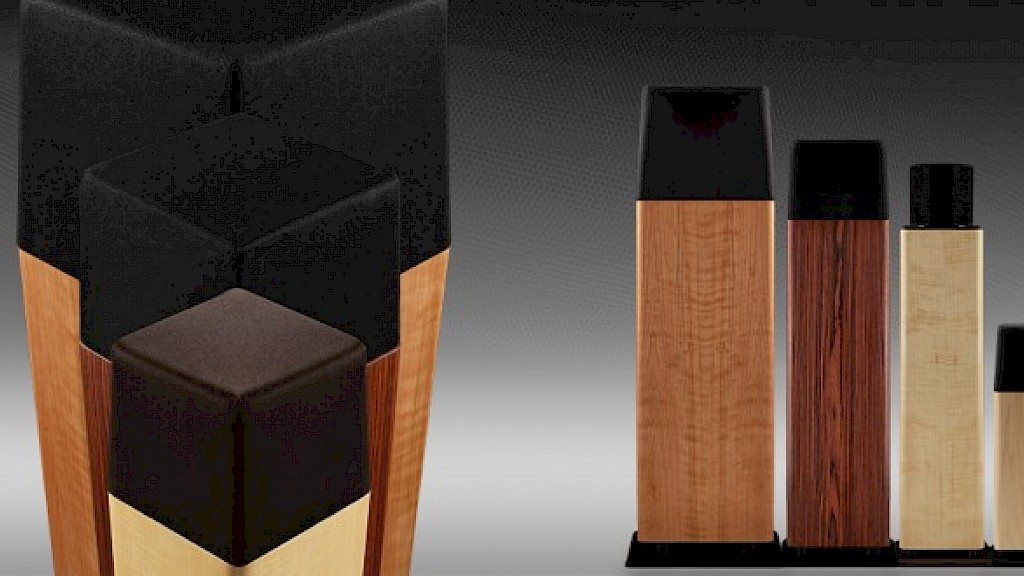Psychoacoustics? Or Just Psycho?
Virtually all music reproduction involves deception, with the listener as a willing “victim.” The brain, ear and eye form what is perhaps the greatest “audio processor” in the world and can, with the assistance of good audio gear, convince us that we hear things that are not there. This is the art or science of “psychoacoustics.”
A good stereo system “stages” well. That is, it convinces us that voices or instruments are “located” in specific spaces in a room. Obviously, that is an illusion as surely as a David Copperfield magic trick – and just as pleasurable.
While David Copperfield’s tricks or illusions remain mysterious, many elements of how psychoacoustics works are well known. Since the late fifties, probably the most obvious is the information coming from the left and right channels giving directionality to sound. That is the easiest way for us to “locate” an instrument laterally. But, working with intensity, frequency, time and memory our internal audio processor can create a 3-D sound-field – either in the world before us or in our minds.
When the “make believe” sound-field relates to a “real world” experience, vision also plays a key role. Jeff Dunham’s pals “talk” because we see their jaws, heads and arms move while Dunham’s mouth is motionless. Our brains tell us that in order to speak, the jaw has to move, so the “voice” must belong to the puppet. Likewise, music videos make “live” recording more lifelike because of the images; even home theater is made more effective because the screen has the talking heads.
The visual cues – or lack of them – is why when listening to a straight musical performance, one without images, many listeners will close their eyes to visually blot out their actual surroundings.
Discovering which clues are important and which clues are critical and then manipulating them is the work of psychoacoustics. An experiment I read about early in my career that has had a major impact on my designs was one trying to determine how long it takes to identify a sonic event.
Audio events take place over time with a head, body and tail; or to simplify just a head and a tail. The test events were the same note played by two different instruments like a stringed instrument and a woodwind. Now, nearly everyone familiar with the instruments could easily tell which was playing. Then the study architects started chopping off the tail of one instrument and replacing it with the tail of the other instrument (doing it at equal levels to avoid a sharp discontinuity).
The listeners were not confused and identified the instrument that produced the head. This was true even when the head was only a tiny percentage of the event. Once identified by the audio processor (and this happens very quickly) the listeners continued to hear what their brains expected.
This test convinced me that reproducing the beginning (attack) of a sonic event accurately is a critical design parameter. That fact, learned early, is always a crucial part of Ohm’s design process and we critically listen to each element in a new model to make sure that we have maintained the clear and distinct audibility of the attack. The elements that are needed for accurate attack reproduction are timing, phase and frequency response at the listening position. They must all be in synch as they are in our Walsh designs. The start of each note, each sonic event, is also the start of our psychoacoustic illusion: the basis of much of our enjoyment of music reproduction.
Enjoy & Good Listening,
John
Subscribe to Ohm News & Views to get the latest posts in your inbox
John Strohbeen Author
John Strohbeen was the President and Chief Engineer of Ohm Acoustics from 1978-2023.


